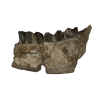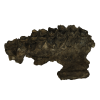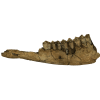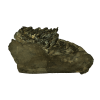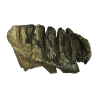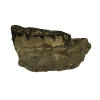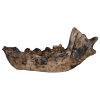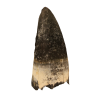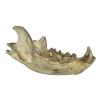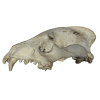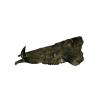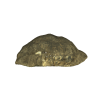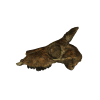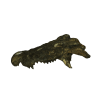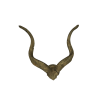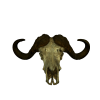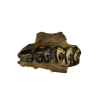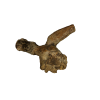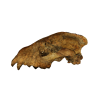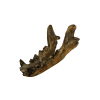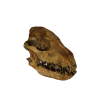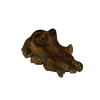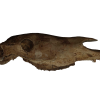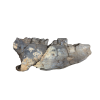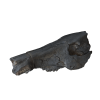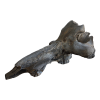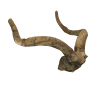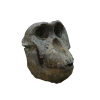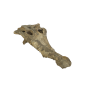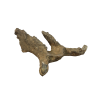This is a lower right mandible with the M4 in wear. Elephas recki was the common elephantid in the Koobi Fora Formation. It evolved progressively for more than three million years. With time, the molars show more advanced adaptations to a grazing diet with an increase in enamel folding, the more tightly packed lamellae and thinner enamel.
The elephantidae have evolved a specialized mode of dental eruption. The molar cusp patterns of elephantids have evolved from very simple cusps in the earlier forms to the very complex tooth plates seen in modern elephants. The genus Elephas originated in the early Pliocene and by the late Pliocene had migrated out of Africa into the more temperate zones, where they quickly diversified across the Near East , Europe and Asia to become the most speciose of the elephantid genera.
The functional cheek teeth comprise three milk molars and three permanent molars; these are erupted in succession so that there are never more than two cheek teeth in wear in each quarter jaw. The proceeding teeth are usually bigger than the preceding ones and as the jaws grow they accommodate the increasing size of the teeth.






